Rising Labor Costs and Workforce Shortages
The Automatic Milking Machine Market is significantly influenced by rising labor costs and workforce shortages in the agricultural sector. Many regions are facing challenges in finding skilled labor for dairy farming, which has led to increased operational costs. Automated milking systems offer a viable solution by reducing the reliance on manual labor, allowing farmers to maintain productivity with fewer workers. This trend is particularly evident in areas where labor shortages are acute, prompting dairy producers to invest in automation. Reports indicate that the market for automatic milking machines is projected to grow at a compound annual growth rate of around 10% over the next five years, driven by the need for efficient and cost-effective milking solutions.
Technological Advancements in Milking Systems
The Automatic Milking Machine Market is experiencing a surge in technological advancements that enhance milking efficiency and animal welfare. Innovations such as robotic milking systems and advanced sensors are being integrated into milking machines, allowing for real-time monitoring of cow health and milk quality. These technologies not only streamline the milking process but also reduce labor costs, making them attractive to dairy farmers. According to recent data, the adoption of automated systems has increased by approximately 20% over the past few years, indicating a strong trend towards modernization in dairy farming. As these technologies continue to evolve, they are likely to further transform the Automatic Milking Machine Market, driving growth and adoption across various regions.
Consumer Demand for High-Quality Dairy Products
Consumer preferences are shifting towards high-quality dairy products, which is influencing the Automatic Milking Machine Market. As consumers become more health-conscious, there is a growing demand for milk and dairy products that are free from contaminants and produced under stringent quality controls. Automatic milking machines facilitate this by ensuring consistent milking practices and better hygiene standards. The ability to monitor milk quality in real-time allows producers to meet these consumer demands effectively. Market analysis suggests that the increasing focus on quality assurance in dairy production is likely to propel the adoption of automated milking systems, as producers seek to enhance their product offerings and maintain competitive advantages.
Sustainability and Environmental Considerations
Sustainability is becoming a pivotal driver in the Automatic Milking Machine Market, as consumers and producers alike prioritize environmentally friendly practices. The dairy sector is under increasing pressure to reduce its carbon footprint, and automated milking systems contribute to this goal by optimizing resource use and minimizing waste. For instance, these machines can be programmed to operate during off-peak energy hours, thus reducing energy consumption. Furthermore, the ability to monitor milk production and cow health closely allows for better management of resources, leading to more sustainable farming practices. As sustainability becomes a key focus for consumers, the demand for automatic milking solutions that align with these values is expected to rise, potentially reshaping the market landscape.
Government Support and Incentives for Automation
Government initiatives and incentives aimed at promoting automation in agriculture are playing a crucial role in the Automatic Milking Machine Market. Many governments are recognizing the benefits of automation in enhancing productivity and sustainability in dairy farming. As a result, they are offering financial support, grants, and subsidies to encourage farmers to adopt advanced milking technologies. This support not only alleviates the financial burden associated with purchasing automatic milking machines but also fosters innovation within the industry. Recent statistics indicate that regions with strong government backing for agricultural automation have seen a marked increase in the adoption of these technologies, suggesting that such policies are likely to continue driving growth in the Automatic Milking Machine Market.


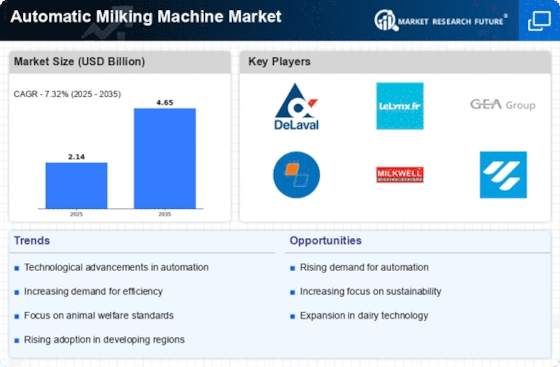
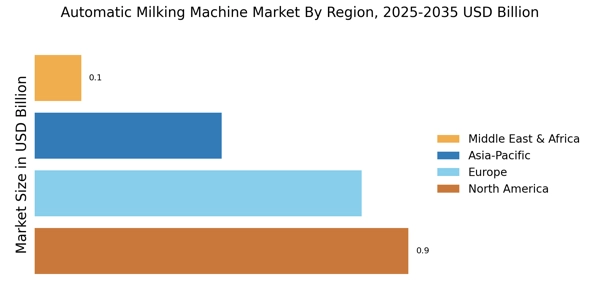



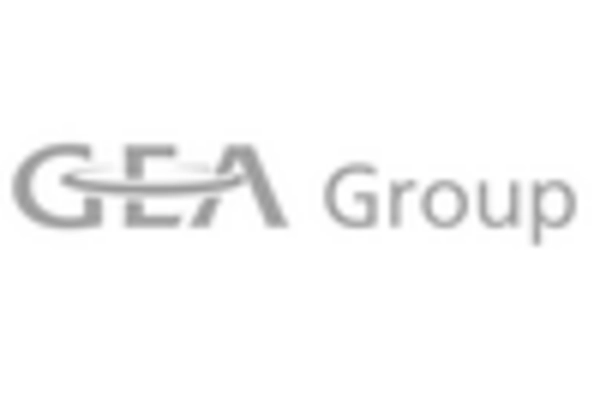
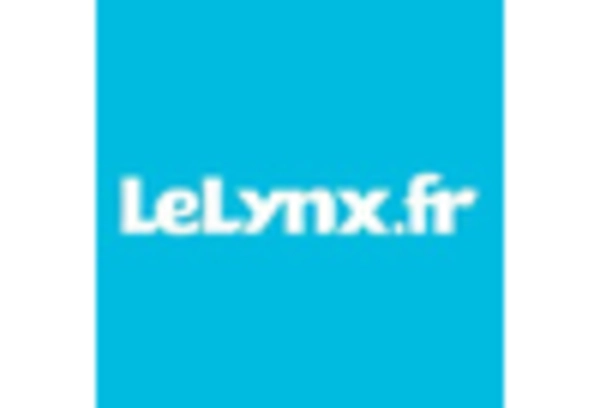
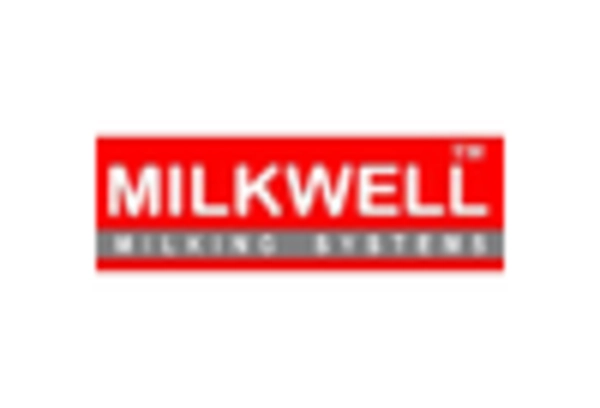








Leave a Comment